The Earliest Galaxies Spin Just Like Our Milky Way, Defying Expectations
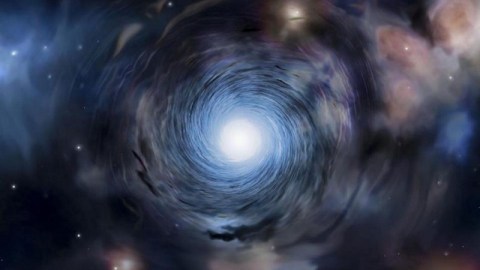
They’re less than a billion years old. And, thanks to ALMA, they might finally pave the way to understanding how galaxies form.
How do galaxies like our Milky Way come to exist in our Universe? With billions upon billions of stars in a disk, the Milky Way spins about its center, rotating in a single plane just like a whirlpool. Most spiral galaxies do this once they get old enough, but it typically takes a few billion years for them to quiet down to that point. When they’re too young, they pull gas in quickly and have many supernovae going off, creating turbulent, chaotic motions. But in a surprising new study, Renske Smit and her team measured the internal motions of two galaxies farther away than ever before. Even though these are the youngest such galaxies ever measured, from when the Universe was just 6.5% its current age, they show that whirlpool-like motion, just like the older galaxies do.
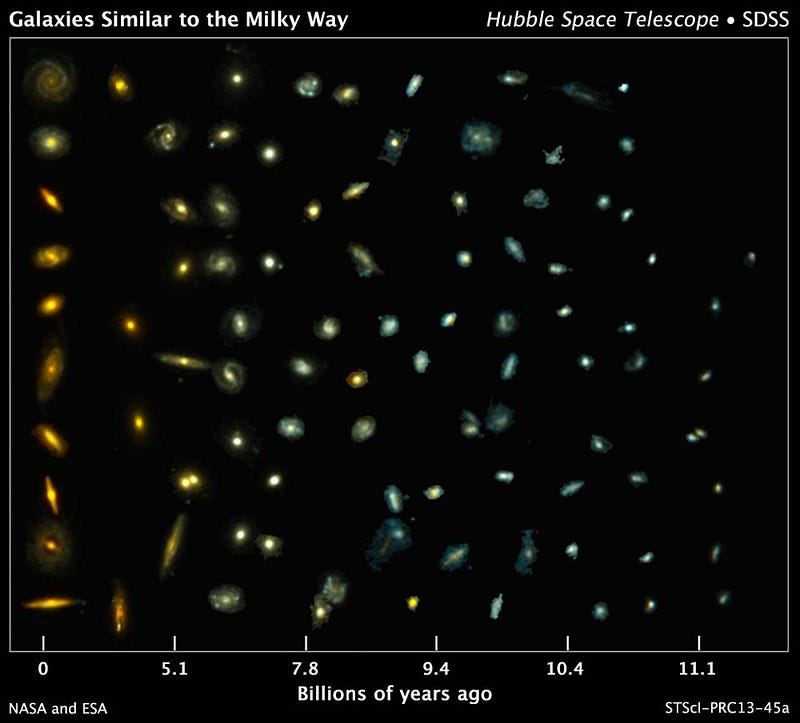
The way the first galaxies are thought to form is from the gravitational collapse of matter in overdense regions of the Universe. A location with slightly more matter than average will more efficiently attract matter, pulling it in towards the center over time. This overdense region is three dimensional, and one of the three dimensions will inevitably be shorter than the other two. That one will collapse first, and since normal matter interacts with other pieces of normal matter, that collapse will be “sticky,” and create a disk. Over time, it not only rotates, but should begin to pull other matter into it, creating the seeds of what will grow into galaxies like the ones we see today.
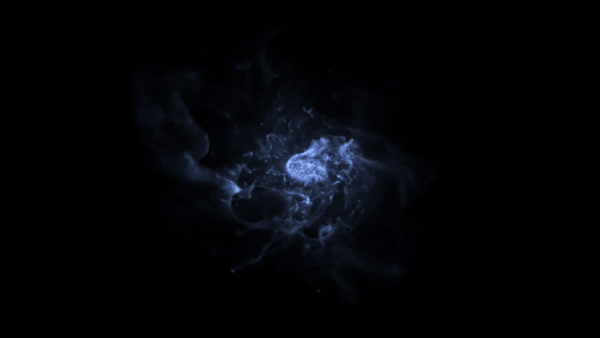
But it is just gravity and gas that makes up a galaxy; that gas collapses into individual stars, and that changes everything. Forming stars entails the formation of very massive ones: the ones that lead to extremely energetic supernovae. Galaxies undergo extremely rapid star formation when they’re young, leading to a high supernova rate and a lot of stirred-up turbulence inside the galaxy. When you combine those energetic, turbulent motions with rapidly infalling gas, you expect to see messy, chaotic motions inside. It’s a simple prediction based on just a few astrophysical rules.
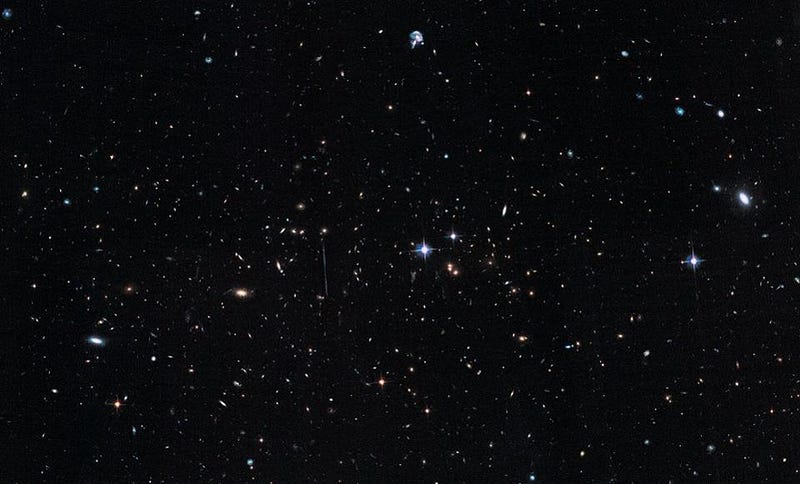
But you can never tell for certain until you go and observe it for yourself. Every theory, model, and idea needs to be tested, otherwise you miss the crucial scientific step of comparing your predictions with reality. It’s been 13.8 billion years since the Big Bang, and we can easily measure the motions of galaxies out to a great distance by seeing the light emitted from when the Universe was just one billion years old. Beyond that, it gets very difficult, since the Universe still had neutral, light-blocking gas in it. Without a free path for the light to travel through, it gets blocked by that neutral hydrogen.
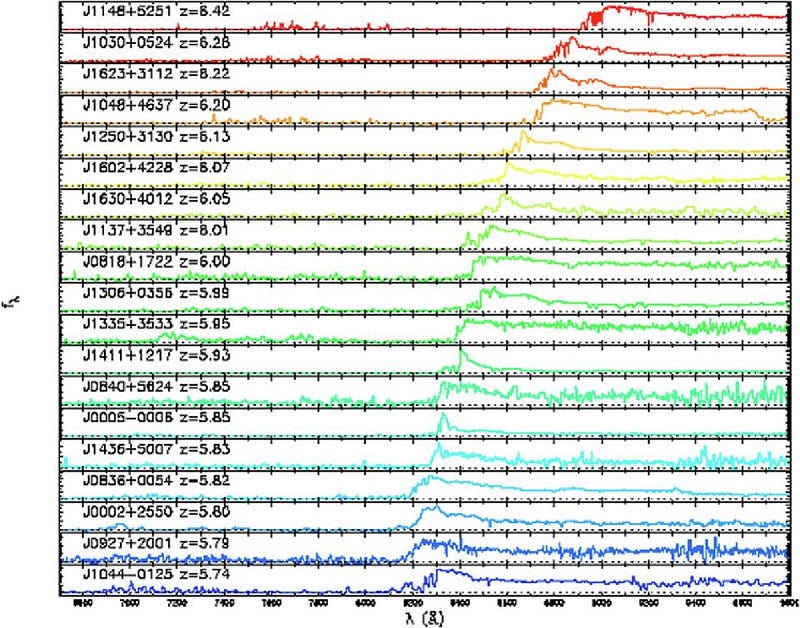
But there’s a way around it, if you do what Dr. Smit’s team did: use an instrument like the Atacama Large Millimeter/submillimeter Array (ALMA), which measures light from much longer, far-infrared wavelengths. Neutral gas is very efficient at blocking visible light, but as you go to longer wavelengths, the Universe becomes transparent to that type of radiation. Her team measured the light in extraordinary detail from two very distant galaxies well past the limit of where the neutral gas ends, in an attempt to measure, for the first time, how galaxies in this part of the Universe behaved internally. For the first time, they were able to detect movement inside a galaxy that was so far away, and they succeeded on both of their first two attempts.
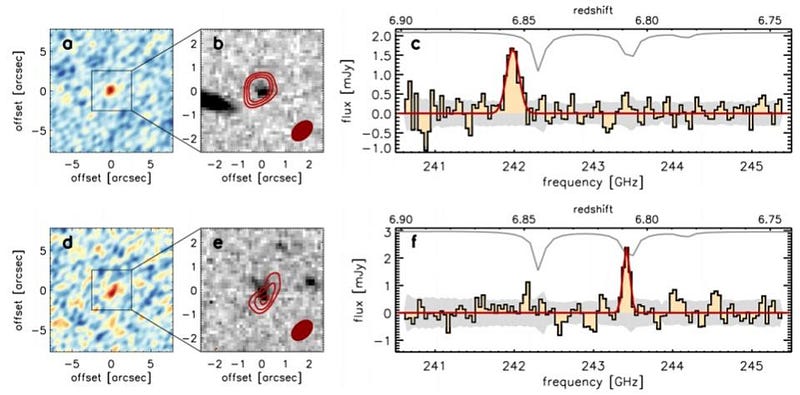
At such high redshifts, light gets stretched, and so you need to identify which spectral lines you can see. In this case, it was an emission line of ionized carbon, which was seen not just at a point, but all across the area over which these galaxies could be detected. Because of ALMA’s incredibly high resolution, Smit’s team was able to map out exactly how this galaxy moved internally, an incredible achievement that’s a cosmic first for a normal galaxy this distant. According to coauthor Stefano Carniani,
“Until ALMA, we’ve never been able to see the formation of galaxies in such detail, and we’ve never been able to measure the movement of gas in galaxies so early in the universe’s history.”
Well, we’ve seen it now, and these internal motions look puzzlingly familiar.
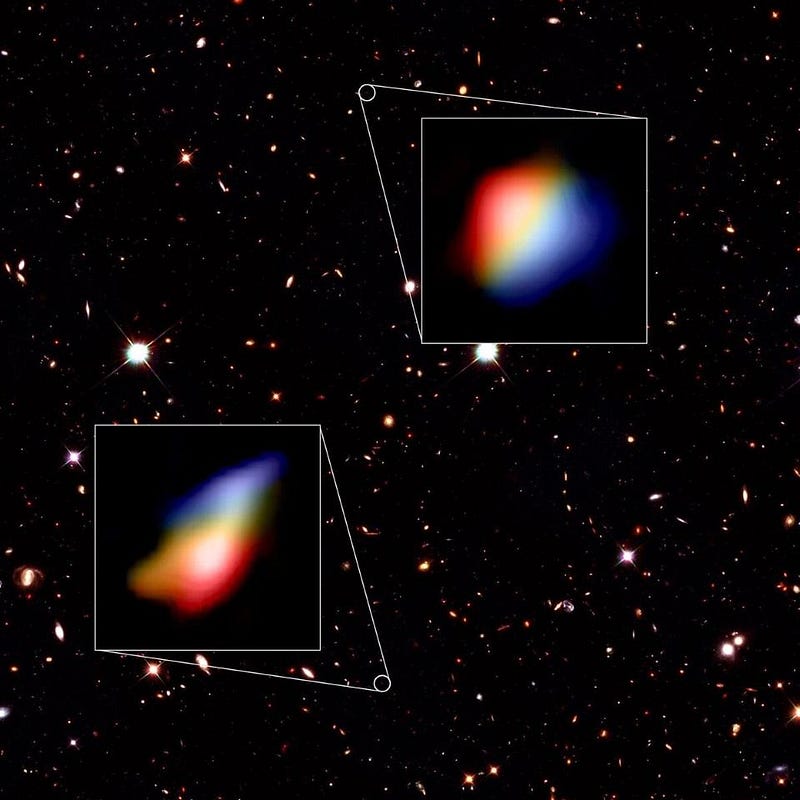
Despite the fact that the light from these galaxies comes from when the Universe was less than 800 million years old, this gas traces out motions that look Milky Way-like, moving in a single, rotating, whirlpool-like plane. In detail, Smit’s team found that:
- these galaxies are about 20% the size of the Milky Way (huge for the time),
- they’re both forming stars at a high rate, as expected,
- but unexpectedly, these galaxies don’t exhibit chaotic internal motions,
- as instead, the gas swirls and rotates in a whirlpool motion,
- which is something we don’t normally see until the Universe is about three times the age of these galaxies.
When we model the internal motions of a simple, rotating “whirlpool” of gas, and then translate that into what ALMA ought to see, it matches up perfectly, as you can clearly see in the image below.
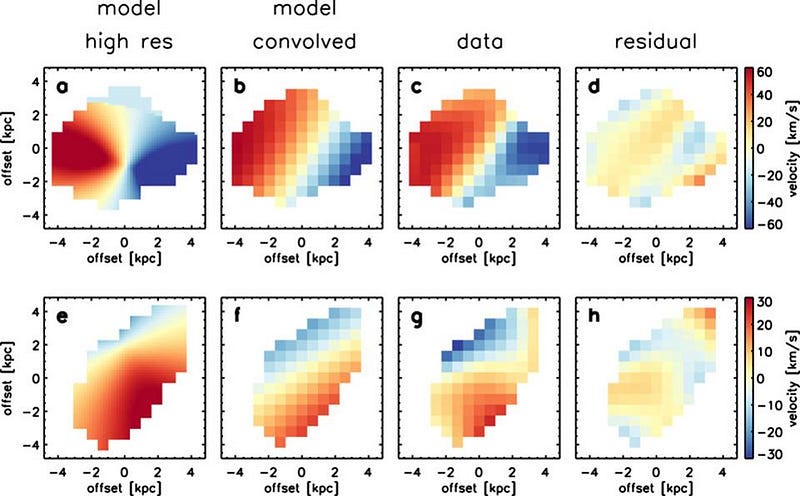
This flies in the face of what we would have expected! According to lead author Renske Smit,
“In the early Universe, gravity caused gas to flow rapidly into the galaxies, stirring them up and forming lots of new stars — violent supernova explosions from these stars also made the gas turbulent.”
But despite their small size, their young age, their high star-formation rates, and the rapid gas infall that’s occurring, these galaxies don’t show those chaotic internal motions. Instead, they just rotate smoothly, which is spectacularly puzzling.
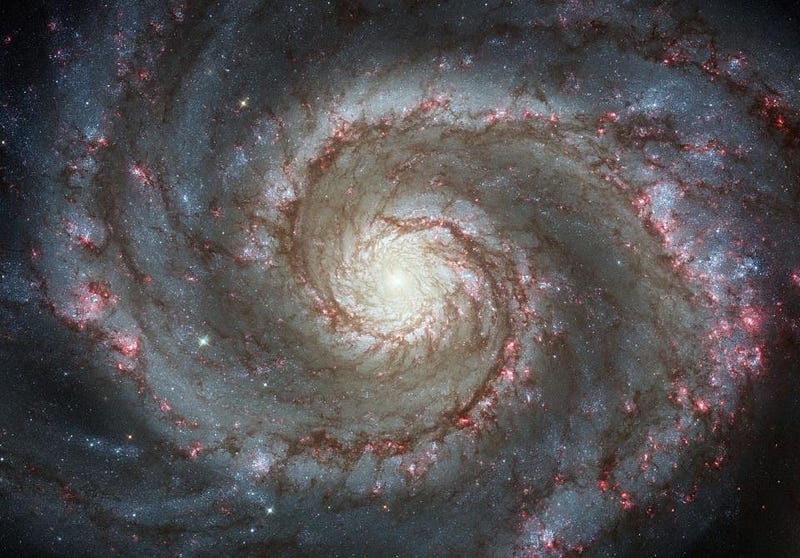
“We expected that young galaxies would be dynamically ‘messy,’ due to the havoc caused by exploding young stars,” continued Smit, “but these mini-galaxies show the ability to retain order and appear well regulated. Despite their small size, they are already rapidly growing to become one of the ‘adult’ galaxies like we live in today.” It’s speculated, based on a wide variety of simulations, that the four effects of supernova effects, gas infall, energy injection, and feedback are key. Their interplay could produce the turbulent, chaotic motions that were expected to be dominant, or they could lead to a smoothly rotating galactic profile, like we actually saw.
An improved understanding of why and how this occurs will arrive as soon as the James Webb Space Telescope observes these galaxies, hopefully just next year.
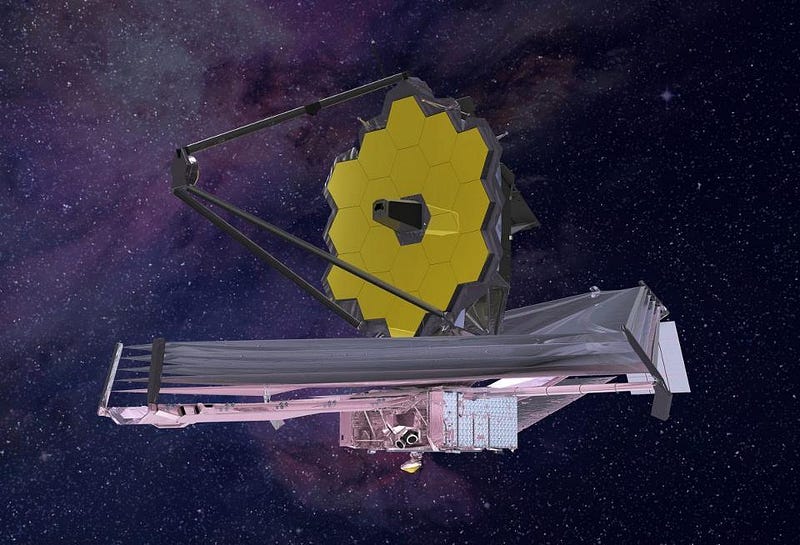
As our data sets improve, we should begin to measure the internal motions of large numbers of galaxies like this, which will answer many questions and raise others. Do most/all galaxies at these early stages rotate in a whirlpool-like plane? Is there a variety and multiple sets of populations that exhibit different behaviors? What are the actual effects of gas infall, supernovae, and small-scale motions? What is the velocity profile of these rotation curves, and can they teach us anything about the interplay of radiation, normal matter, and dark matter?
While we hope to learn these answers, we can now ask these questions sensibly in the aftermath of having measured the movement and internal motions of a galaxy so far away. At least for the first two, they rotate very similarly to their much older cousins, a quite unexpected result. Thanks to ALMA, we’re taking those coveted next steps into the final frontier.
Ethan Siegel is the author of Beyond the Galaxy and Treknology. You can pre-order his third book, currently in development: the Encyclopaedia Cosmologica.





